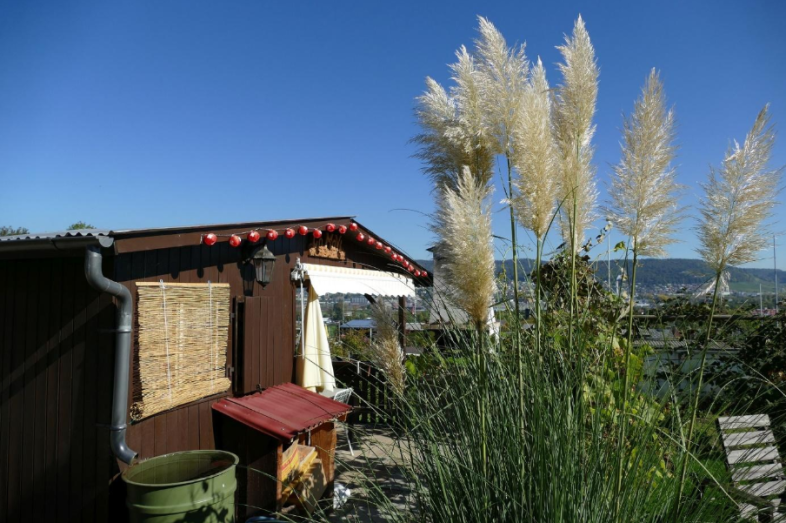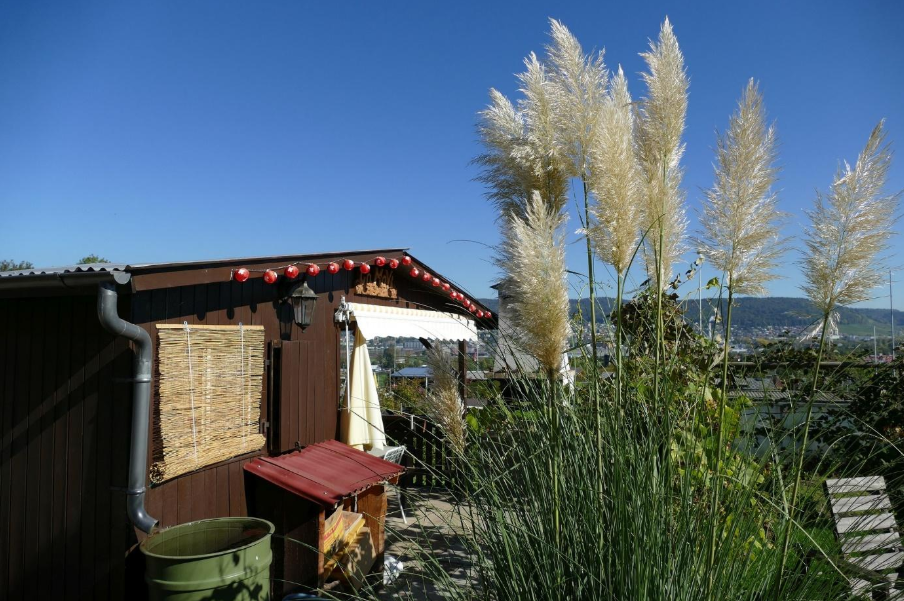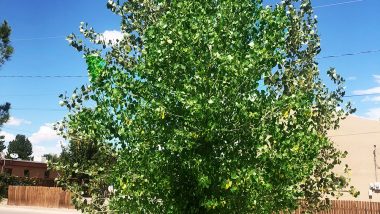Last updated on December 24th, 2024 at 07:17 am
Water Collection Solutions.
Water is the driving force of all nature. Humans, animals, and plants, all need water to survive. We can manage for three weeks without food but only three to five days without water. There is no life without water because every cell in our body needs it to keep functioning. We are made of at least 60% of water!
Water, on the other hand, is also a valuable and precious natural resource, and not everyone has proper access to it. Water collection is, therefore, a great sustainable solution for all those who have limited access to it, for those who appreciate its importance, as well as for those who want to live more sustainably or off the grid.
Living Sustainably and Off the Grid
Are we slowly saying goodbye to the utility model and welcoming off-the-grid living? You may be surprised, but a sustainable way of life is moving from the fringes to the mainstream. It seems that people are finally taking responsibility and making efforts to reduce their carbon footprint and water consumption.
One of the motives to go off the grid is also the potential money savings since the predictions are that prices of the energy supplied by power companies will continue to rise, while the cost of renewable energy equipment will continue to decrease during the upcoming years. At this moment there are approximately 75 000 off-the-grid households in the UK and over a million in the USA.
Besides acquiring a solar system for the sustainable living, you should think about which water collection solution suits you the best. There are a few possible viable water collection solutions for off the grid households. The goal is to have a water source of your own as well as the means to treat it and store it.
Here are some of the most commonly used water collection solutions for sustainable households, and their pros and cons.
Rain Harvesting as a Water Collection Solution
If you live in a region where precipitation is plentiful, rainwater harvesting could be the best and most viable solution for you. The water you collect can be used for drinking, showering, and other practical uses. So, what will you need to start collecting precious driblets falling from the sky?
First, choose a site for your storage tank to be placed. Keep in mind that the storage vessel should be close to the roofed structure with a downspout. The next thing to do is to level the tank and install the piping. PVC pipes that will divert water into the tank can be a good start. You will also need a pump that pushes the water through the household pipes.
Depending on your needs, you can choose to buy a large tank able to store thousands of gallons or a humble 55-gallon rain barrel. The most expensive component of a rainwater system is storage. The type of storage will also determine the type of pumping and filtration system. Now, let us compare the surface and underground storage options.
Surface Storage Tanks
Wondering what the pros of the plastic tanks placed above the ground are? They are the least expensive way to store rainwater (both in price and installation costs), they work at almost any site and are quite easy to handle.
When it comes to the cons, surface storage tanks are not suitable for cold climates since they must be drained for the winter if you do not invest in expensive insulation systems. These kinds of tanks are also not very suitable for hot and humid climates, because if the temperature doesn’t drop during the night, surface tanks can get warm and filled with different microorganisms.
If the surface storage vessel is used with large roofs, plumbing, and pre-filtration can become a problem. Being on the surface means being exposed to various weather conditions and consequently have a limited lifespan which should also be calculated in the cost evaluation.
Underground Storage Tanks
When compared with surface storage, underground tanks are two to three times more expensive, but they have fewer limitations.
Unlike the surface storage tanks, they are suitable for cold weather, unaffected by the extremely hot weather, not visible, since they are positioned underground, and they can last for a long time.
On the other hand, they are not suitable for just any topology – locations with groundwater and large rocks can represent a problem.
Digging up a Water Well
Having your own private well and living off the grid sounds appealing. But there are some important considerations to keep in mind. Before you start digging the water well, you have to be aware that your location is everything! A water well can be a great long-term water solution, but before constructing one, you should do some research on your location’s water table.
If you have to go deep into the ground to encounter the water, then drilling a water well is not an optimal solution for you from a financial perspective. The drill depth matters. The deeper the well, the bigger the cost is. On the other side, not drilling deep enough can result in later problems which can lead to more expenses.
Also, don’t forget to inquire about the needed permits. While you may be living off the grid, it takes a permit to dig a well. You should research permitting requirements for your state before you start digging it because not every area land and spot is viable for digging and creating wells.
Average Prices
What are the typical prices for drilling water well? Costs vary significantly depending on the local geological conditions. The price of drilling the well hole, installing a casing and a well cap, typically amount to about 15 to 30 dollars per foot, and if the drilling is extremely limited or difficult, the cost goes up to 30 to 50 dollars per foot.
Adding a water well pump, tanks for storage, underground piping that takes the water to the house, and a powering system it all amounts to about 2,000 to 8,000 dollars. A rough approximate calculation is for the entire project is around 25 to 30 thousand dollars.
Final Thoughts
If you plan to go off the grid, or simply live more environmentally conscious, having a sustainable water collection system is essential. Life without water is just not possible, and it is very important to preserve this precious natural resource.
There are many options and solutions for sustainable living, and water collection is one of them. You can dig the water well in your backyard or just use a simpler method, such as a rainwater storage tank.
Author: Matthew James
Short bio:
Matt James is a freelance writer specializing in home improvement, smart technology, architecture & design. He has a love of the outdoors and spending time with his dog Cooper. You can reach him on Facebook and Instagram.





Above the ground is the best solution so far! If there is enough water it won’t freeze in winter!
Thanks a lot for the feedback, Selicia! 🙂